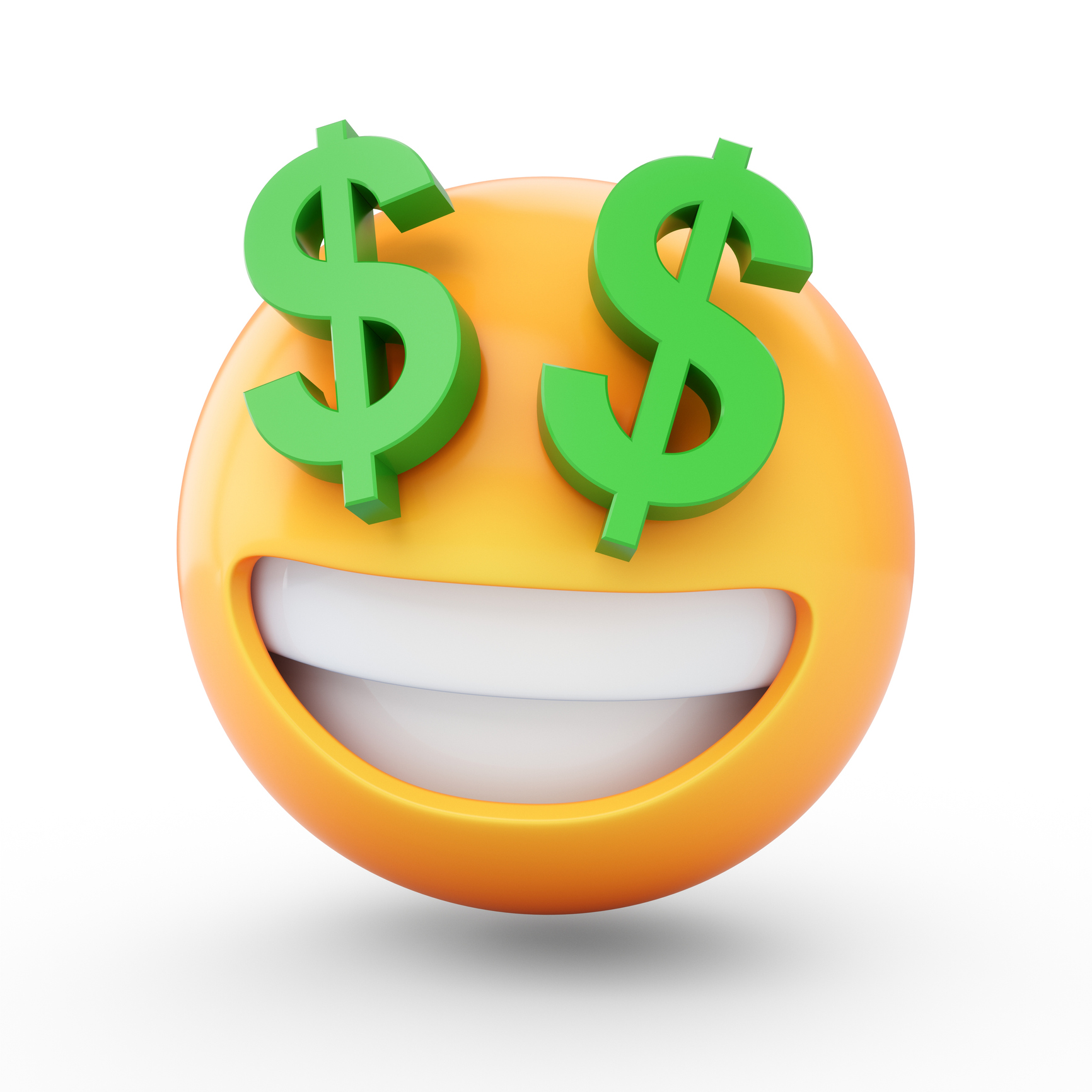If you’re a first-time home buyer hoping to get into Toronto’s hot real estate market, you’re likely squirrelling away as much money as you can to save for a downpayment. But did you know? You can increase the size of your downpayment by up to 40%. Intrigued? Read on.
The Canadian government’s Home Buyers’ Plan (HBP) allows first-time buyers (and their spouses) to withdraw up to $35,000 each, TAX-FREE, from their registered retirement savings plan (RRSPs) to buy a qualifying home.

So how can an RSP contribution help increase the size of your downpayment?
If you’ve been saving your downpayment in a traditional bank account or non-RRSP investment, you have until the end of February to flip it through your RRSP and take full advantage of the Home Buyer’s Plan this year. For example:
A first-time homebuyer with a 40% marginal tax rate could expect a refund of up to $12,000 for a $30,000 contribution. $30,000 initial downpayment + $12,000 refund = $42,000 in the downpayment fund!
How it Works:
- In order to participate in the program, you must not have owned a home in the last 5 years (or been named on the title or deed of a home). If you’re concerned about whether or not you qualify, talk to your bank.
- You must contribute to the RSP by the end of February in order to use it to offset your previous year’s taxes. A March contribution won’t be eligible for a refund until next year.
- Put your cash somewhere safe! While it might be tempting to put it into an RSP that has a higher ROI, remember that with higher ROI comes higher risk. There’s nothing wrong with putting your down payment in an RSP GIC – the interest will be pitiful, but at least your cash will be safe. Remember – this isn’t an investment strategy, it’s a tax strategy.
- Your money will need to sit in your RRSP account for 90 days before it can be withdrawn and used towards your home purchase, so make sure you plan your timing accordingly. If you put your money in an RSP on February 28, you can’t close on a new house until at least May 30.
- To withdraw your money from an RSP for this program, you must have a signed Agreement of Purchase and Sale in place. Money can be used towards your downpayment, closing costs or renovations.
- If you don’t pay back the money you borrowed from your RSP, you will be taxed at your regular income tax rate, so make sure to make those payments happen automatically. At least 1/15 of the funds must be repaid each year, beginning two years after the withdrawal.
- This strategy, of course, assumes that you don’t owe additional taxes (in other words, your employer is submitting the right amount of taxes on your behalf during the year), in which case the $8,000 would count against any additional taxes instead of coming back as a refund.
- The amount of your refund depends on the tax bracket that you’re in – if you’re in a 20% tax bracket, you can expect a 20% refund on your contributions.
If you’re planning to increase the size of your downpayment by topping up your RRSP before the end of February, you could be in your new home in time for summer.
Hit us up if you’d like us to send you current listings of ideal first-time buyer properties to get you started – just send us an email!
Related: Ontario Buyer Incentive Programs
Related: Ultimate First-Time Buyer Guide
